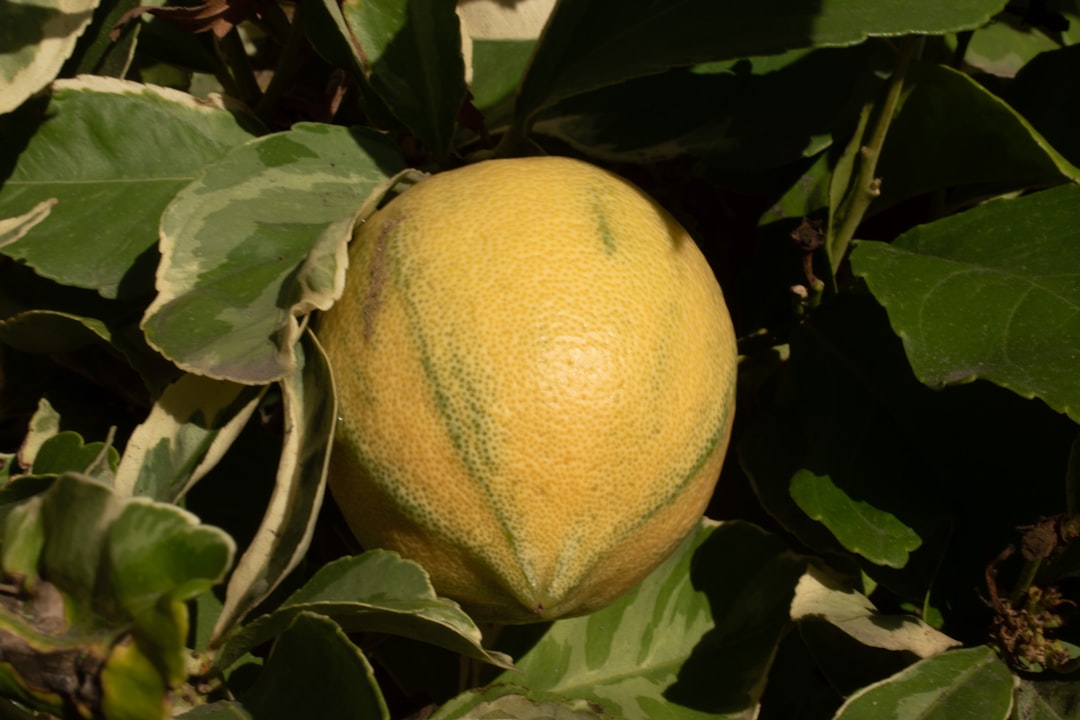Sargassum Blankets Local Beaches This Week in Boca Raton, Delray Beach

By Boca Vibe
Sargassum Blankets Local Beaches This Week in Boca Raton, Delray Beach
Mounds of sargassum have begun to build up on local beaches, with strong east winds and a rejuvenated stream of the brown-colored seaweed leading to a less-than-hospitable swimming environment. The seaweed buildup has also led to some reports from beachgoers of emitting a foul odor. This unwelcome influx of the marine algae is impacting the tourism-driven economies of Boca Raton and Delray Beach, forcing municipalities to scramble to address the issue and mitigate its effects on both residents and visitors.
A Sea of Brown: The Sargassum Invasion

The recent accumulation of sargassum along Boca Raton and Delray Beach shorelines marks a significant increase from previous weeks. While sargassum is a natural part of the Atlantic Ocean ecosystem, its excessive accumulation can create significant problems. This year’s influx appears to be driven by a confluence of factors, including unusually strong easterly winds pushing the seaweed westward towards the coast, and an uptick in the overall sargassum bloom in the Atlantic. The sheer volume washing ashore has overwhelmed the natural processes that typically disperse the algae, leaving thick mats along the waterline.
Beachgoers have reported varying levels of impact. Some have described the sargassum as unsightly, creating a less-than-ideal beach experience, while others have noted a pungent smell emanating from the decaying seaweed. This odor, according to marine biologists, is due to the decomposition process of the organic matter within the sargassum. The smell is particularly noticeable during the warmest parts of the day.
Impact on Local Businesses and Tourism
The sargassum invasion presents a significant challenge to the local tourism industry. Boca Raton, known for its pristine beaches and vibrant atmosphere, relies heavily on tourism revenue. The current situation could deter visitors from choosing Boca Raton as their vacation destination, especially those seeking the idyllic beach experience. Hotels, restaurants, and other businesses that depend on beach traffic may experience a downturn in revenue if the issue persists.
The beautiful beaches surrounding Mizner Park, a popular destination for both locals and tourists, are particularly affected. The normally bustling area may experience a decrease in foot traffic as the unpleasant smell and unsightly seaweed deter visitors from enjoying the area’s amenities.
Municipal Response and Cleanup Efforts
Palm Beach County officials, along with the cities of Boca Raton and Delray Beach, are actively working to address the sargassum problem. Cleanup efforts are underway, with crews using heavy machinery and manual labor to remove the seaweed from the beaches. However, the sheer volume of sargassum makes the task challenging. The ongoing effort requires considerable resources and time, and progress is incremental.
The county is exploring various methods for managing the sargassum, including more efficient cleanup strategies and potentially longer-term solutions aimed at preventing such massive accumulations in the future. Research into the causes of the larger-than-usual bloom is also underway, involving collaboration between Florida Atlantic University (FAU) researchers and other scientific institutions.
Challenges in Sargassum Management
- Scale of the Problem: The sheer volume of sargassum arriving on the beaches makes cleanup a monumental task.
- Environmental Concerns: Disposal of the collected seaweed is a significant environmental concern. Finding sustainable and environmentally friendly methods for disposal is crucial.
- Cost: The cost of cleanup and waste disposal is substantial, placing a strain on municipal budgets.
- Predictability: The unpredictable nature of sargassum blooms makes long-term planning and budgeting difficult.
The Science Behind the Sargassum Surge
While the exact causes of the current sargassum surge remain under investigation, several factors are believed to be contributing to the problem. These include:
- Increased Nutrient Runoff: Agricultural runoff and sewage discharge into the ocean can stimulate sargassum growth.
- Climate Change: Rising ocean temperatures and changes in ocean currents may be contributing to the increased prevalence of sargassum blooms.
- Ocean Currents: Changes in ocean current patterns can transport large quantities of sargassum to coastal areas.
- Natural Fluctuations: Sargassum blooms are a natural phenomenon, and there are inherent fluctuations in their size and frequency.
Scientists at FAU’s Harbor Branch Oceanographic Institute are closely monitoring the situation and conducting research to better understand the underlying causes of the increased sargassum influx. Their findings will be crucial in developing effective strategies for managing this recurring issue.
Looking Ahead: Long-Term Solutions and Community Involvement
The current sargassum situation highlights the need for both immediate action and long-term planning. While cleanup efforts are crucial in the short term, finding sustainable solutions to prevent future large-scale accumulations is paramount. This requires a multi-pronged approach that includes:
- Improved Wastewater Management: Reducing nutrient runoff from agricultural and urban areas is crucial in curbing sargassum growth.
- International Collaboration: Sargassum blooms are a regional problem, and international cooperation is necessary to address the issue effectively.
- Technological Innovations: Research and development of innovative technologies for sargassum harvesting and utilization are vital.
- Public Awareness: Educating the public about the causes and impacts of sargassum blooms is essential for fostering community involvement in finding solutions.
The residents of Boca Raton and Delray Beach can play a crucial role in addressing this issue. By supporting environmentally responsible practices, advocating for sustainable policies, and participating in community cleanup efforts, we can collectively work towards preserving our beautiful beaches for future generations.
Frequently Asked Questions (FAQ)
Frequently Asked Questions
Related Articles
- Artificial Islands of ‘Bonefish Cove’ in ICW Taking Shape, Completion Expected Next Winter
- PBSO Issues ‘Predator Alert’ for Boca Raton
- Boca Raton Man Charged With Felony Battery on Senior After Publix Fight
Want more Boca updates? Subscribe to our newsletter and never miss local news.